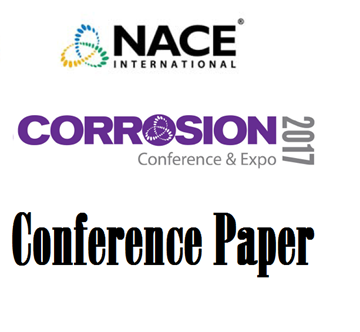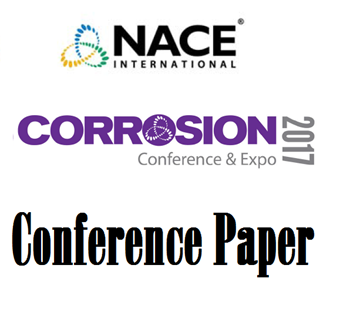Search
Coatings and Linings
View as
Sort by
Display
per page
Integrated Coating System For Corrosion Protection Of Carbon Steel In Artificial Geothermal Brine
Product Number:
51322-17708-SG
Publication Date:
2022
$20.00
Interfacial and Corrosion Characterization of Zinc Rich-Epoxy Primers with Carbon Nanotubes Exposed to Marine Bacteria
Product Number:
51317--9465-SG
ISBN:
9465 2017 CP
Publication Date:
2017
$20.00
Internal Lining Damage Investigation of 24inch Jet Fuel Pipelines
Product Number:
51317--9061-SG
ISBN:
9061 2017 CP
Publication Date:
2017
$20.00
Interpreting H2S Scavenger Laboratory Test Results Using A Kinetic Model
Product Number:
51322-17844-SGG
Publication Date:
2022
$20.00
Into the Future: Advanced Thick-Film Spray Applied Liquid Waterproofing Membrane Systems for Bridge Deck Applications
Product Number:
41215-922-SG
Publication Date:
2015
$20.00
Introduction to Insulative Coatings: Application Case History
Product Number:
41213-754-SG
Publication Date:
2013
$20.00
Introductory Handbook for NACE MR0175/ISO 15156 (E-book)
Product Number:
37607-E
ISBN:
978-1-57590-320-0
Publication Date:
2016
$59.00
Investigating Alternative Mechanisms For Metal-Silicate Scale Formation: Do Metal Hydroxides Play A Role?
Product Number:
51322-17702-SG
Publication Date:
2022
$20.00
Investigation & Mitigation Of Corroding Unbonded Post-Tension Tendons
Product Number:
51322-17781-SG
Publication Date:
2022
$20.00
Investigation on Localized Corrosion Resistance of Nickel-based alloy UNS N07718 under Sour conditions of PuGuang Field simulated Environment
Product Number:
51322-17761-SG
Publication Date:
2022
$20.00
Investigation On The Localized Corrosion Performance Of Lean Duplex Stainless Steels In Urban Wastewater Treatment Plants
Product Number:
51322-17756-SG
Publication Date:
2022
$20.00












